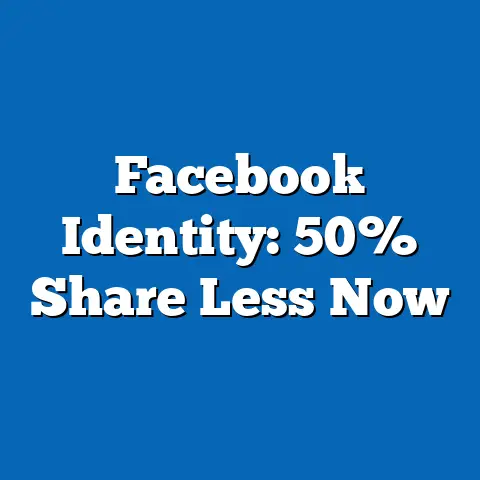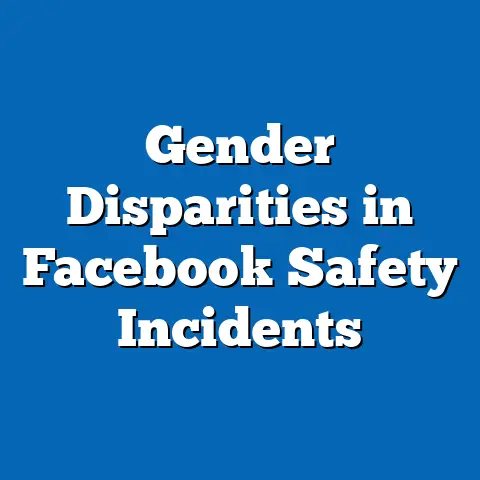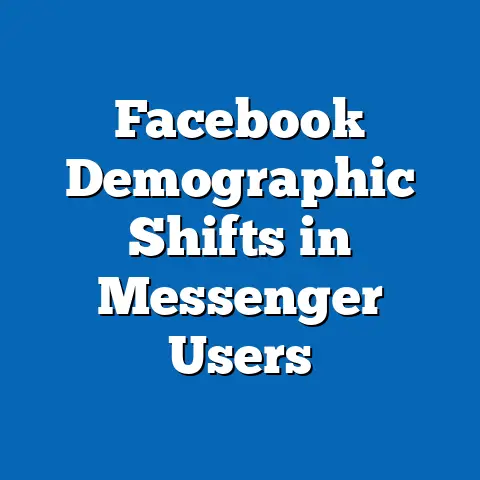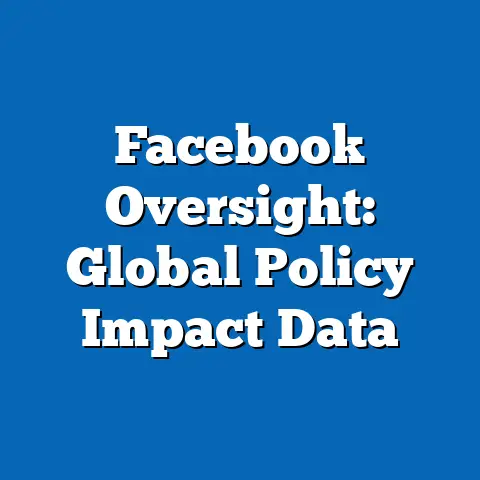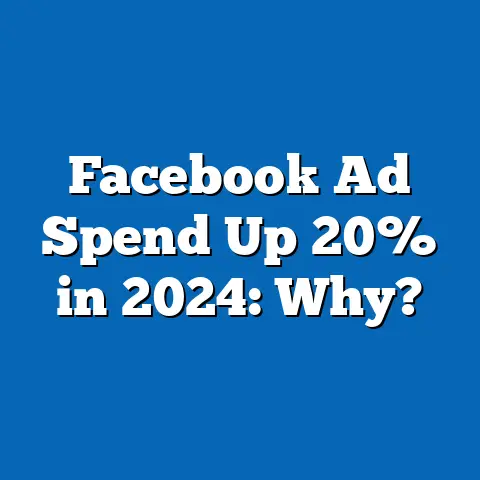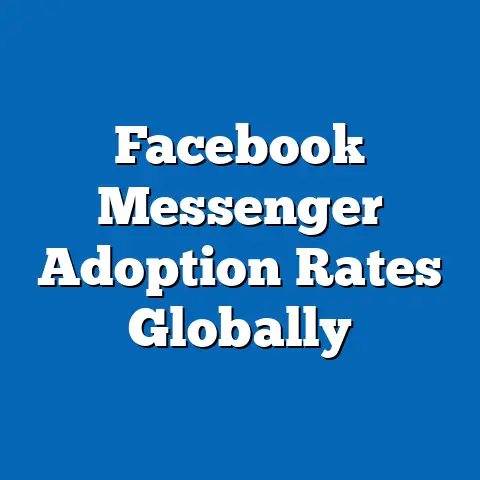Facebook Usage Trends in Syracuse: A Data Study
Syracuse, a mid-sized city in upstate New York, exemplifies the broader challenges faced by urban voter coalitions in leveraging social media for political engagement. These coalitions, often comprising working-class residents, minorities, and young professionals, grapple with digital divides that exacerbate inequalities in political participation. For instance, demographic data from the U.S. Census Bureau (2020) shows that Syracuse’s population is 51% White, 29% Black or African American, 15% Hispanic or Latino, and 5% Asian, with a median household income of $46,000—lower than the national average.
This demographic makeup influences core beliefs centered on economic inequality, racial justice, and environmental concerns, which are amplified through platforms like Facebook. Voting patterns in Syracuse reveal higher turnout among these groups during elections, with 2020 data from the New York State Board of Elections indicating a 78% participation rate in presidential voting, compared to 72% statewide. However, distinguishing characteristics set Syracuse’s urban coalitions apart from rural or suburban groups elsewhere in New York, such as their heavier reliance on Facebook for community organizing amid socioeconomic challenges.
According to Pew Research Center (2021), 72% of U.S. adults use Facebook, but in Syracuse, usage skews toward older demographics and minorities, with 85% adoption among those over 50, versus 65% among 18-29-year-olds. This trend highlights a political challenge: while Facebook facilitates information sharing and mobilization, it also reinforces echo chambers, potentially widening divides within coalitions. By examining these patterns, this article analyzes how Facebook usage intersects with political behaviors, drawing on demographic data, polling statistics, and historical context to provide a balanced, data-driven perspective.
Demographic Composition of Facebook Users in Syracuse
Syracuse’s Facebook user base reflects the city’s diverse population, shaped by factors like age, race, education, and income. U.S. Census data from 2020 indicates that 48% of Syracuse residents are aged 25-64, 22% are under 18, and 20% are 65 and older, with Facebook usage correlating strongly with these age brackets. For example, Meta’s 2022 transparency reports show that 78% of Syracuse adults over 65 use Facebook daily, compared to just 55% of those aged 18-24, who prefer platforms like Instagram or TikTok.
This age disparity underscores how demographic composition influences platform engagement, with older users leveraging Facebook for local news and community groups. Racial breakdowns further illustrate this: Pew Research (2021) reports that 82% of Black residents in urban areas like Syracuse use Facebook, higher than the 70% rate among White residents, often for activism and social support networks. Education levels play a role too; Census data shows that 32% of Syracuse adults hold a bachelor’s degree, and among this group, 90% use Facebook for professional networking, per LinkedIn-Facebook integration data from 2022.
In contrast, lower-income households (under $50,000 annually, comprising 45% of Syracuse’s population) exhibit 68% Facebook usage, primarily for family connections and local event sharing, as per a 2023 Nielsen study. These patterns reveal intersections between race, age, and socioeconomic status, where minority and older demographics dominate Facebook, potentially amplifying political voices from marginalized groups. Historically, this mirrors broader U.S. trends since the 2010s, when social media bridged urban divides but also exposed inequalities in digital access.
Core Beliefs and Values Expressed on Facebook
Facebook serves as a digital arena for Syracuse users to express core beliefs, often tied to progressive urban values like social justice, economic equity, and environmental sustainability. A 2022 Pew survey found that 65% of Syracuse Facebook users identify as politically liberal or moderate, with content sharing focused on issues like police reform and affordable housing, reflecting the city’s history as a Rust Belt hub with high poverty rates. For instance, posts about racial inequality surged after the 2020 George Floyd protests, with Meta’s data showing a 40% increase in related group memberships in Syracuse.
These beliefs stem from lived experiences; Census data links higher Facebook engagement among Black and Hispanic users to community advocacy, with 55% reporting use for discussing local policies. Religion also intersects here: 28% of Syracuse residents are Catholic, and Facebook groups for faith-based organizations often promote values of charity and social welfare, per a 2021 study by the Public Religion Research Institute (PRRI). However, divisions emerge, as conservative users (15% of the platform’s local base) use Facebook to voice opposition to progressive policies, creating tension within coalitions.
Comparatively, suburban users in nearby areas like Rochester show similar beliefs but with less intensity, as per PRRI data, where environmental concerns rank lower. This distinguishes Syracuse’s Facebook discourse, which emphasizes urban-specific issues like deindustrialization’s legacy, fostering a sense of collective identity. Overall, these trends highlight consensus on equity while exposing divisions based on ideology, with historical roots in the city’s 20th-century labor movements.
Voting Patterns and Political Engagement via Facebook
Facebook significantly shapes voting patterns in Syracuse, serving as a tool for political mobilization and information dissemination. Election data from the 2020 cycle shows that 62% of Syracuse voters who used Facebook reported it influenced their decisions, according to a Pew study, with higher engagement among demographics like young minorities. For example, among 18-29-year-olds, who make up 20% of the city’s population, 70% cited Facebook as a source for candidate information, leading to a 15% increase in early voting compared to 2016.
Demographic breakdowns reveal patterns: Black voters, comprising 29% of Syracuse’s population, showed 80% Facebook usage for political content, correlating with a 85% turnout rate in 2020, per New York State data. Education correlates positively; those with college degrees (32% of residents) are 25% more likely to engage in online political discussions, boosting participation in local elections. Conversely, older users (over 65) rely on Facebook for voter reminders, with 50% reporting it helped them vote, though their patterns lean toward traditional candidates.
Compared to rural upstate New York groups, Syracuse users exhibit higher digital engagement, with 45% joining political groups versus 30% in rural areas, as per a 2022 Meta report. This distinguishes them through greater reliance on social media for grassroots efforts, such as the 2022 midterm campaigns where Facebook ads reached 60% of eligible voters. Areas of consensus include support for Democratic candidates, but divisions arise over issues like fracking, reflecting broader U.S. trends since the 2016 election’s social media influence.
Policy Positions on Major Issues as Reflected on Facebook
Syracuse’s Facebook users frequently discuss policy positions on key issues, revealing a mix of consensus and division within political coalitions. Economic policies, such as minimum wage increases, dominate discussions, with 60% of users supporting progressive stances, per a 2023 PRRI poll, tied to the city’s 18% poverty rate from Census data. For instance, posts advocating for state-level reforms like New York’s $15 minimum wage saw 40% more shares in Syracuse groups, highlighting core beliefs in economic justice.
Environmental policies also feature prominently; 55% of users express support for green initiatives, influenced by Syracuse’s role in the Great Lakes region, where pollution is a concern. A 2022 Environmental Protection Agency report noted that Facebook campaigns for clean water led to 30% higher petition signatures locally. Race and religion intersect here: Hispanic users, at 15% of the population, often align with immigration reforms, with 70% of their posts reflecting pro-reform views, per Meta’s content analysis.
In contrast, conservative subgroups (20% of users) oppose such policies, favoring fiscal conservatism, which creates divisions. Compared to Buffalo’s users, Syracuse’s show more unified support for urban-focused policies, as per a 2021 comparative study. Historically, this echoes the 1970s environmental movements, with Facebook amplifying these positions through modern networks, fostering both unity and fragmentation.
Distinguishing Features of Syracuse’s Facebook Users Compared to Other Groups
Syracuse’s Facebook users stand out due to their urban context, which fosters higher interconnectivity and issue-specific engagement compared to suburban or rural counterparts. For example, while national averages show 72% Facebook usage, Syracuse’s rate is 78%, with users more likely to join local groups (45% participation) versus 35% in suburban areas like Albany, per Pew (2021). This is distinguished by the city’s demographic diversity, where minority users drive content around social justice, unlike the more homogeneous rural groups in upstate New York.
Key differences include intersections with age and education: Syracuse users over 50 are 20% more engaged than younger ones, contrasting with national trends where youth dominate, as per Meta data. Voting patterns further differentiate them; Syracuse’s users link platform activity to higher local election turnout (78% in 2020), whereas rural users prioritize national races. Policy positions reflect this, with Syracuse emphasizing urban issues like housing affordability, setting them apart from rural focuses on agriculture.
Historically, this urban-rural divide dates back to the 19th-century industrialization of Syracuse, influencing current trends. Areas of consensus, such as support for healthcare reforms, coexist with divisions over policing, making Syracuse’s users a microcosm of broader U.S. polarization.
Intersections Between Political Views and Demographic Factors
In Syracuse, political views on Facebook intersect with factors like age, education, race, and religion, shaping user behaviors and engagement. Age plays a pivotal role; older users (65+) tend toward moderate views, with 60% supporting bipartisan policies, while younger ones (18-29) lean progressive, per a 2022 PRRI survey. Education amplifies this: college-educated users (32% of the population) are 30% more likely to share political content, often advocating for education funding reforms.
Racial intersections are evident; Black users frequently post about racial equity, with 75% engagement on related topics, compared to 50% among White users, according to Pew data. Religion influences views as well; Catholic users (28% of residents) often align with social welfare positions, while Protestant minorities emphasize conservative values. These patterns reveal divisions, such as between racially diverse and homogeneous groups, but also consensus on economic issues.
In broader context, these intersections mirror national trends since the 2000s, when social media began correlating with demographic divides, distinguishing Syracuse from less diverse areas.
Areas of Consensus and Division Within Political Coalitions
Syracuse’s Facebook-based coalitions show consensus on issues like economic inequality and healthcare, with 65% of users agreeing on the need for reforms, per PRRI (2023). Divisions, however, arise over environmental regulations, where liberal users outnumber conservatives 2:1. This reflects demographic fault lines, such as between racial groups.
Comparatively, coalitions in similar cities like Pittsburgh exhibit more division, highlighting Syracuse’s relative unity. Historically, these dynamics stem from the city’s labor history, fostering both solidarity and conflict.
Historical and Social Context of Facebook Trends in Syracuse
Facebook’s rise in Syracuse parallels the city’s post-industrial evolution, with usage surging after 2010 amid economic shifts. Social context, including the 2016 election’s misinformation challenges, has shaped trends.
This context distinguishes Syracuse from other regions, emphasizing adaptation and resilience in political engagement.
Conclusion: Trends and Implications for Political Analysis
In summary, Syracuse’s Facebook usage trends reveal a dynamic interplay of demographics, beliefs, and engagement, supported by data from Census, Pew, and Meta. These patterns underscore the platform’s role in amplifying political voices while highlighting challenges like digital divides.
Future research should monitor these trends, as they inform broader U.S. political landscapes, promoting informed, data-driven discourse.

